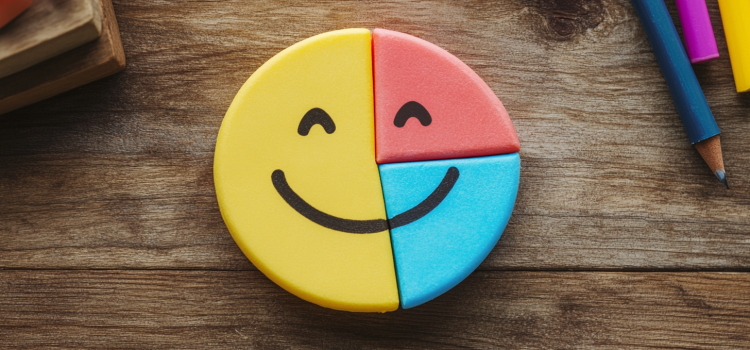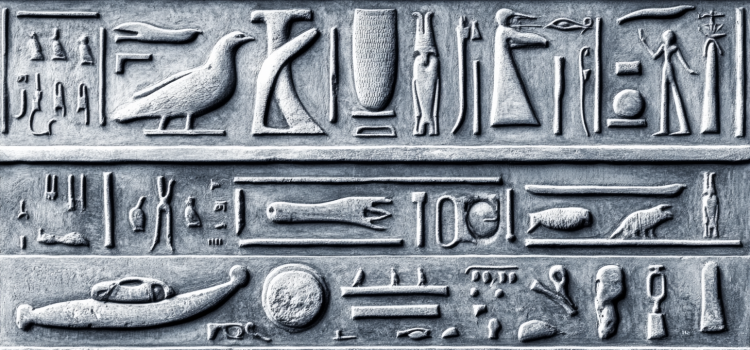How can a routine help you be more productive? Why is mechanical attention important for those who get easily overwhelmed? The difference between Gloria Mark’s views on attention and those of traditional productivity experts is her emphasis on the value of mechanical attention. Mark’s book, Attention Span, shows that routine tasks requiring only mechanical attention are key to bolstering your mental reserves and, by extension, your productivity. Below, we’ll look at the importance of a routine in your daily life.
The Importance of a Routine (The Secret to Productivity)










